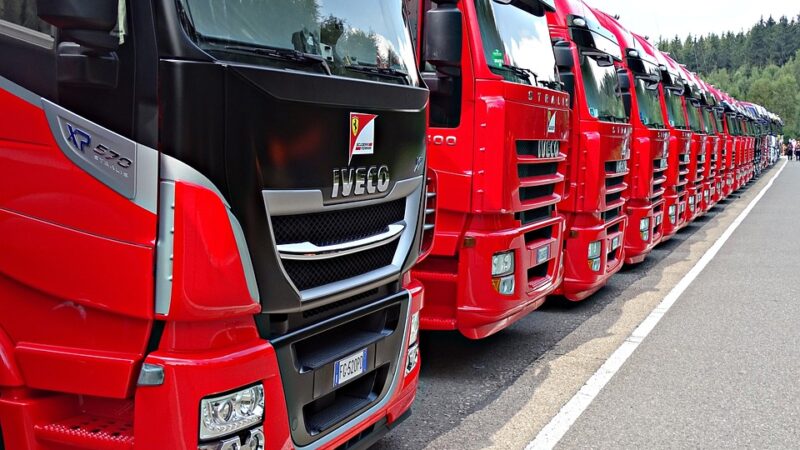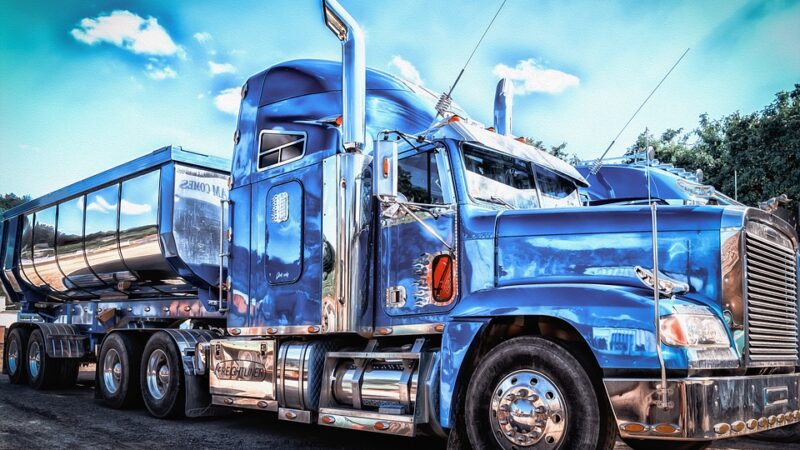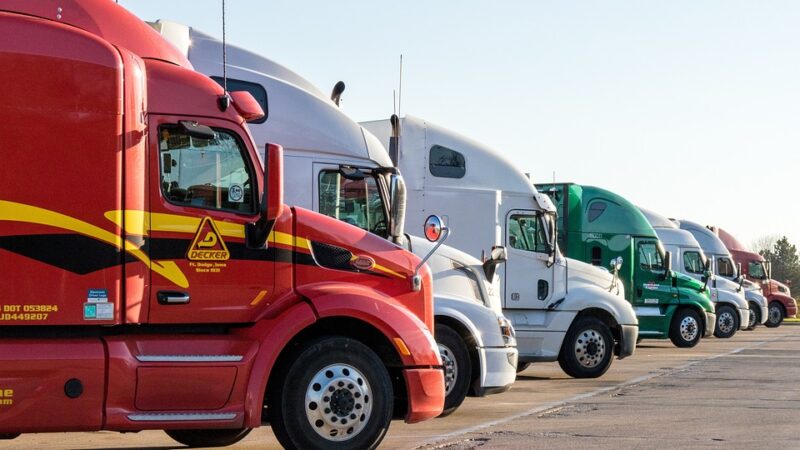The Ultimate Guide to Understanding Auto Insurance Coverage

Auto insurance coverage can be a tricky subject to navigate, with different types of coverage, limits, and deductibles to consider. Understanding the ins and outs of auto insurance coverage is crucial for protecting yourself and your assets in the event of an accident. In this ultimate guide, we break down the key components of auto insurance coverage to help you make informed decisions when purchasing a policy.
Types of Coverage:
1. Liability Coverage: Liability coverage is the most basic type of auto insurance coverage required by law in most states. It covers damages and injuries you cause to other people and their property in an accident. Liability coverage is split into two parts: bodily injury liability and property damage liability.
2. Collision Coverage: Collision coverage pays for damage to your vehicle in the event of a collision with another vehicle or object. This coverage is optional but recommended for newer vehicles.
3. Comprehensive Coverage: Comprehensive coverage protects your vehicle from non-collision-related incidents, such as theft, vandalism, or natural disasters. Like collision coverage, comprehensive coverage is optional but recommended for newer vehicles.
4. Uninsured/Underinsured Motorist Coverage: This coverage protects you if you are involved in an accident with a driver who is uninsured or underinsured. It covers your medical expenses and property damage if the at-fault driver cannot pay.
5. Personal Injury Protection (PIP): PIP coverage, also known as no-fault insurance, covers medical expenses and lost wages for you and your passengers regardless of who is at fault in an accident. PIP coverage is required in some states.
6. Medical Payments Coverage: Medical payments coverage pays for medical expenses for you and your passengers in the event of an accident, regardless of who is at fault.
7. Rental Reimbursement Coverage: Rental reimbursement coverage pays for a rental car if your vehicle is being repaired after an accident. This coverage is optional but can be useful if you rely on your vehicle for transportation.
Limits and Deductibles:
When purchasing auto insurance coverage, you will be asked to choose limits and deductibles for each type of coverage. Limits refer to the maximum amount your insurance company will pay for a claim, while deductibles are the amount you must pay out of pocket before your insurance coverage kicks in.
It’s important to choose limits and deductibles that fit your budget and the value of your vehicle. Higher limits and lower deductibles typically result in higher premiums, while lower limits and higher deductibles result in lower premiums. Consider your financial situation and the value of your vehicle when selecting limits and deductibles.
In conclusion, understanding auto insurance coverage is essential for protecting yourself and your assets in the event of an accident. By familiarizing yourself with the different types of coverage, limits, and deductibles available, you can make informed decisions when purchasing a policy. Be sure to consult with an insurance agent to tailor coverage to your specific needs and budget. With the right coverage in place, you can drive confidently knowing you are adequately protected.






